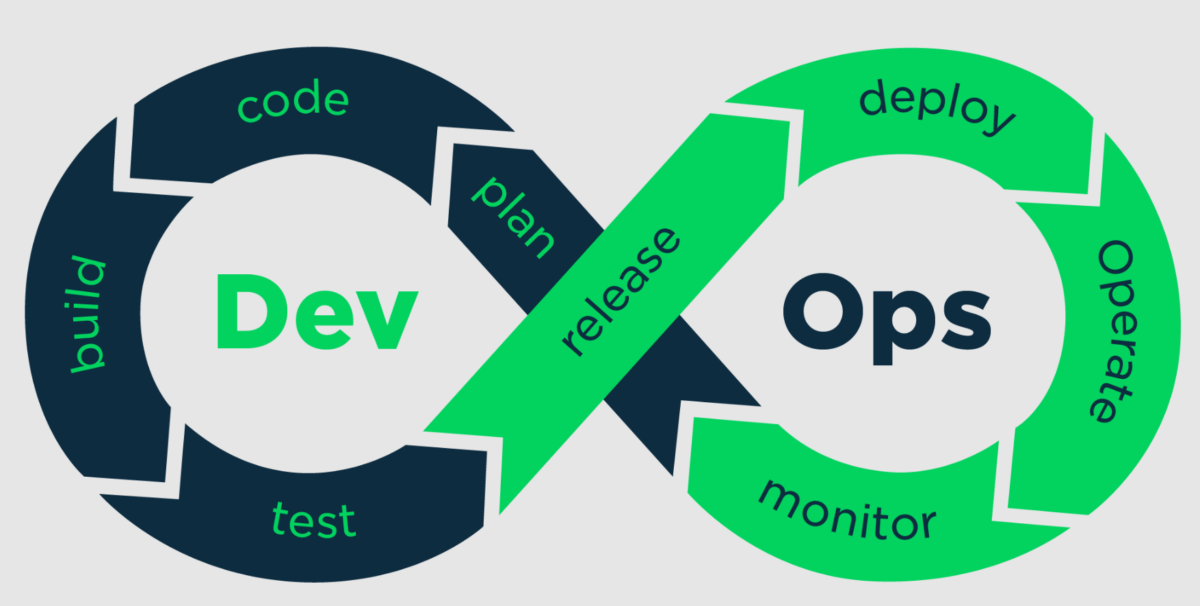The Role of a Web Developer in the Top Web Development Company in India

Introduction
In the field of technology, the role of a web developer has become increasingly crucial for businesses aiming to establish a strong online presence. In India, home to an ever-growing IT industry, web development has emerged as a cornerstone for companies striving to stay competitive in the digital era. This blog will delve into the multifaceted responsibilities and significance of a web developer in every top web development company in India.
I. The Evolving Landscape of Web Development in India
India has witnessed a remarkable transformation in its IT industry, evolving from being a service provider to a global technology hub. Web development, as an integral part of this transformation, has played a pivotal role in shaping India’s digital prowess. Every top web development company in India is at the forefront of this revolution, embracing cutting-edge technologies and methodologies to deliver innovative and scalable web solutions.
II. Key Responsibilities of a Web Developer
A. Front-End Development

1. User Interface (UI) Design: Web developers are responsible for creating visually appealing and user-friendly interfaces. They leverage their expertise in HTML, CSS, and JavaScript to craft seamless and responsive designs that enhance the overall user experience.
2. Cross-Browser Compatibility: Ensuring that web applications work seamlessly across various browsers is a critical aspect of a web developer’s role. This involves rigorous testing and optimization to guarantee a consistent experience for users.
3. Responsive Design: With the growth of mobile devices, web developers must prioritize responsive design. They adapt layouts and functionalities to different screen sizes, providing an optimal viewing experience on smartphones, tablets, and desktops.
B. Back-End Development

1. Server-Side Logic: Web developers handle server-side programming to manage the application’s logic and data processing. Technologies like Node.js, Python, and Ruby on Rails are commonly used to build robust back-end systems.
2. Database Management: Managing databases efficiently is crucial for web applications. Web developers are adept at using databases such as MySQL, MongoDB, and PostgreSQL to store and retrieve data seamlessly.
3. Security Measures: Security is a paramount concern in web development. Developers implement measures like data encryption, secure authentication, and protection against common vulnerabilities to safeguard the integrity of web applications.
C. Collaboration and Communication
1. Team Collaboration: In a top web development company, collaboration is key. Web developers work closely with designers, project managers, and other stakeholders to ensure the successful delivery of projects. Effective communication is essential to align goals and expectations.
2. Client Interaction: Web developers often interact directly with clients to understand their requirements and provide updates on project progress. Strong communication skills help in translating technical concepts into layman’s terms, fostering a positive client-developer relationship.
III. Technologies Shaping Web Development in India
A. Full-Stack Development

1. Definition and Scope: Full-stack developers are proficient in both front-end and back-end development, making them versatile assets for web development projects. They have a holistic understanding of the entire development stack, from user interfaces to server-side logic.
2. Technologies: Full-stack developers in top Indian web development companies often work with a diverse set of technologies, including JavaScript frameworks like React and Angular for front-end development and Node.js, Django, or Express.js for back-end development.
B. DevOps and Continuous Integration/Continuous Deployment (CI/CD)

1. Streamlining Processes: The integration of DevOps practices ensures smoother collaboration between development and operations teams. Web developers contribute to automating workflows, reducing deployment times, and enhancing the overall efficiency of the development lifecycle.
2. Cloud Technologies: Embracing cloud platforms like AWS, Azure, and Google Cloud is a common trend among top web development companies in India. Web developers leverage cloud services for scalable infrastructure, storage, and deployment solutions.
IV. The Impact of Artificial Intelligence (AI) and Machine Learning (ML)

A. Integration of AI/ML in Web Development
1. Smart Applications: Web developers are increasingly integrating AI and ML capabilities into web applications to create smarter, more intuitive user experiences. From recommendation engines to chatbots, these technologies enhance the interactivity and functionality of web solutions.
2. Automation of Tasks: AI and ML technologies enable developers to automate repetitive tasks, such as code testing, bug detection, and performance optimization. This not only saves time but also improves the overall quality of the codebase.
V. Challenges and Innovations in Web Development
A. Emerging Trends
1. Progressive Web Apps (PWAs): PWAs combine the best of web and mobile applications, offering users a seamless and engaging experience. Web developers are at the forefront of implementing PWAs to enhance performance and user engagement.
2. Blockchain Integration: With the rise of blockchain technology, web developers are exploring its applications beyond cryptocurrencies. Integrating blockchain into web development can enhance security, transparency, and trust in various online processes.
B. Overcoming Challenges
1. Rapid Technological Changes: Web developers in India’s top companies face the challenge of staying updated with the latest technologies and frameworks. Continuous learning and professional development are essential to adapt to the fast-paced evolution of the web development landscape.
2. Cybersecurity Concerns: As cyber threats become more sophisticated, web developers need to prioritize security measures to protect user data and maintain the integrity of web applications. Regular security audits and updates are imperative to address vulnerabilities.
VI. Future Outlook and Conclusion
As technology continues to advance, the role of web developers in every top web development company in India will evolve accordingly. The fusion of AI, ML, and innovative development methodologies will shape the future of web development, providing exciting opportunities for developers to create cutting-edge solutions.
Conclusion:
The web developer’s role in every top web development company in India is dynamic and multifaceted. From crafting visually appealing front-end interfaces to implementing robust back-end solutions, web developers are the architects of the digital future. As the industry continues to innovate, web developers will remain at the forefront, driving the transformation of online experiences for businesses and users alike.
FAQs
Who is No 1 web developer in India?
It’s challenging to definitively identify the No. 1 web developer in India, as the field is vast and dynamic. However, individuals like Tanay Pratap, Harsha Vardhan, and Ankur Mishra have gained recognition for their contributions to web development. Success in this field often depends on personal preferences, project requirements, and evolving industry trends. It’s essential to explore various developers’ work and skillsets to find the right fit for specific needs. Ultimately, the title of the No. 1 web developer in India is subjective and may vary based on individual perspectives and criteria.
What is the role of developer in web development?
In web development, a developer plays a crucial role in creating and maintaining websites. They are responsible for coding, designing, and implementing web applications, ensuring functionality, usability, and responsiveness. Developers use programming languages like HTML, CSS, and JavaScript to build the frontend, while backend developers employ technologies like PHP, Python, or Node.js to manage server-side operations. Additionally, developers collaborate with designers, project managers, and clients, translating requirements into technical solutions. Their continuous involvement in debugging, testing, and staying updated on emerging technologies ensures optimal website performance, security, and an enhanced user experience. Overall, a developer is the cornerstone of web development, shaping digital landscapes.
What does a web developer do for a company?
A web developer plays a pivotal role in a company by creating and maintaining its online presence. They design and code websites, ensuring functionality and user experience align with business goals. Web developers collaborate with teams to understand project requirements, implement responsive designs, and integrate backend functionalities. They address technical issues, optimize website performance, and ensure compatibility across browsers and devices. Continuously adapting to evolving technologies, web developers contribute to a seamless and visually appealing online platform, enhancing a company’s digital image, user engagement, and overall success in the competitive online landscape.
What is the highest position for a web developer?
The highest position for a web developer is typically the role of a Chief Technology Officer (CTO) or Chief Information Officer (CIO). In these executive positions, web developers transition from hands-on coding to strategic leadership. CTOs/CIOs oversee the entire technology infrastructure, guiding development teams, making crucial technical decisions, and aligning technology initiatives with overall business objectives. While some developers may advance to managerial roles such as Development Manager or Technical Lead, reaching the CTO or CIO level represents the pinnacle of achievement, combining technical expertise with strategic vision within the organizational hierarchy.

